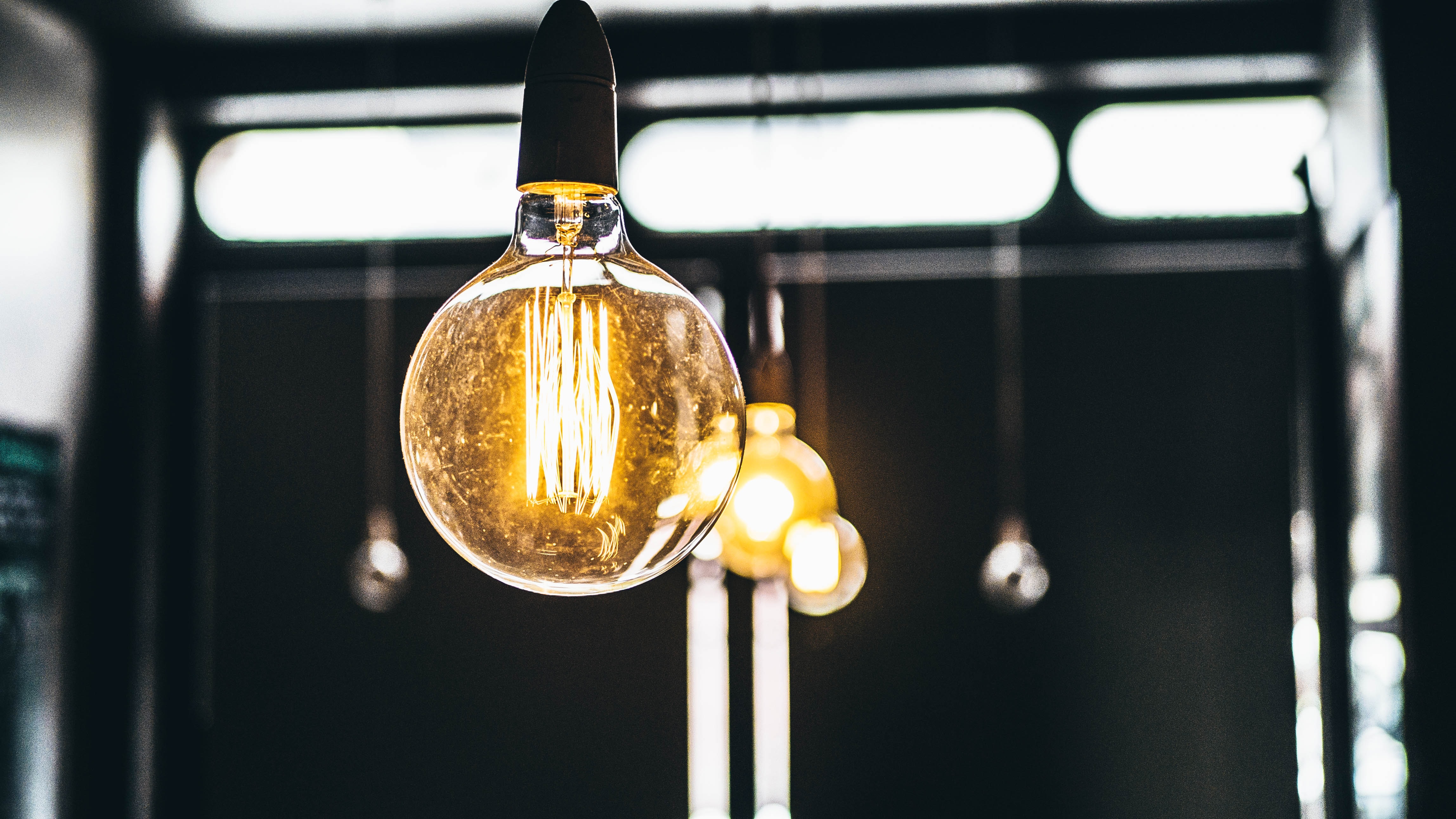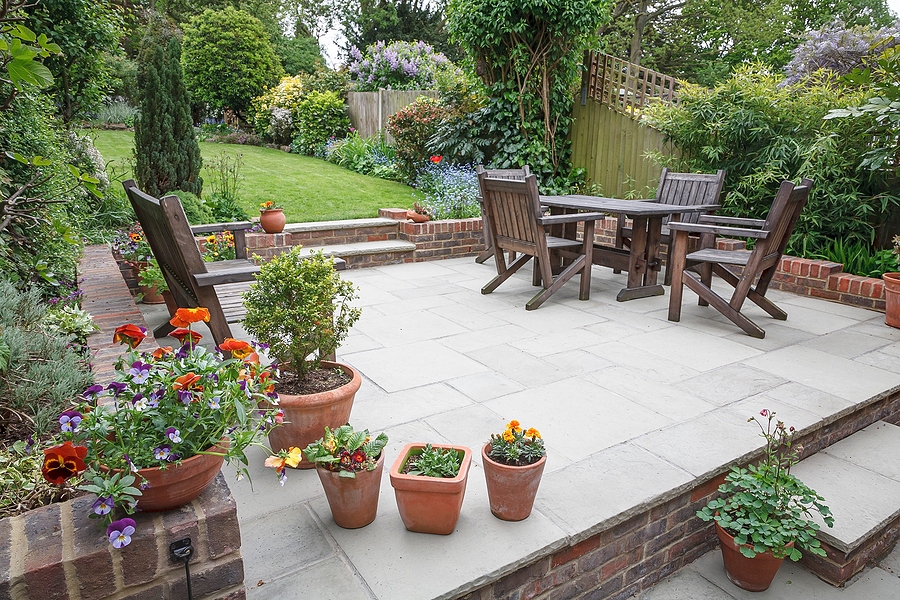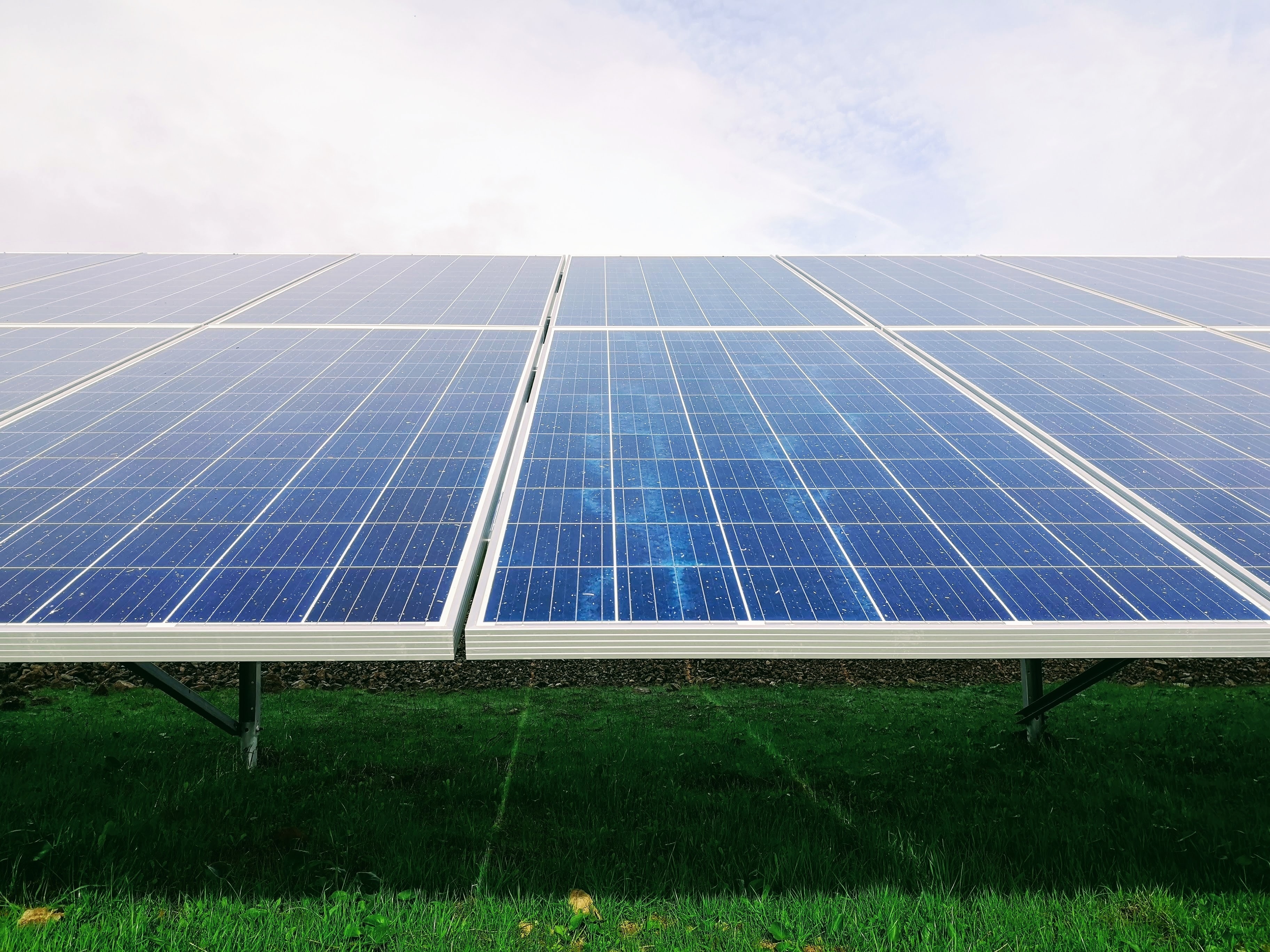With summer around the corner, many homeowners are looking for ways to take greater control of their energy consumption. If you are looking to reduce your household's carbon footprint, you can do so by greatly reducing your energy use by learning how to measure and track your household's energy consumption.
Knowing exactly how much energy you are using, and where this energy is being used, can give you the tools to better control that energy use.
How to Measure Energy Consumption in Your Home
To help get you started, here are a few ways that you can measure and track your home's energy use.
Take Advantage of Your Smart Meter
With more power companies choosing to install smart meters, it is easier than ever for homeowners to track their energy use.
Not only do digital smart meters give power companies greater control by allowing them to monitor your energy use remotely, but this also allows homeowners to access detailed information about how they are using electricity in their homes.
Many power companies allow homeowners with smart meters to create an account on their website from which they can track their daily energy use. This can allow you to see how much energy you are using, and at what time of the day you are using the most energy. Considering most power companies charge more during peak hours, this can give the ability to track when you are using electricity and change your usage patterns.
You will likely have to contact your power company to find out if you have a smart feature (or how you can get one if you don't already) and how you can take advantage of the benefits it provides.
Invest in a Home Monitoring System
Of course, not every home has a smart meter, and even if you have one, it will only give you a limited perspective of how you are using energy in your home. If you really want to take control of your home's energy consumption, you should consider investing in a home monitoring system such as the TED Pro Home.
A home monitoring system connects to your home's electrical panel, giving you a detailed look at how much power you are using in a given day.
Expansion pieces can also allow you to monitor individual circuits, allowing you to see how much energy individual appliances and rooms are consuming, giving you a better idea of where your power is going and what you can do to cut back.
Use Smart Outlets
Of course, if you do not want to deal with the hassle and expense of setting up a home monitoring system, or if you already have a smart meter and just want a better idea of where your power is going, you could simply choose to invest in smart outlets.
Some smart outlets allow you to track how much power is being used by the item/appliance plugged into it, allowing you to see exactly how much power is being used by each of your outlets. These outlets also often allow you to turn appliances on and off based on a set schedule or via smart home hardware like Google Home or an Alexa, helping you to save money if you determine an appliance has been using a lot of electricity.
5 Tips to Help You Reduce Your Energy Consumption
Of course, once you have a better idea of how much energy you are consuming, and where this energy is going, you will still need strategies to help you reduce your household's energy consumption. To help get you started, here are our top five energy-saving tips:
- Adjust Your Habits: Once you know where your power is going, it should be easy to make changes to your habits that can cut back on your energy use. For instance, if your TV is consuming a lot of energy, try to make a point of turning it off when you leave the room.
- Upgrade Your Light Bulbs: If you have not done so already, consider making the change from traditional incandescent light bulbs to LED light bulbs in your home, as these reduce energy use by as much as 80%.
- Upgrade Your Thermostat: An easy way to reduce energy use is to invest in a smart thermostat. Not only will this give you greater control by allowing you to program when your HVAC system turns on and off, but you can even control your system remotely, further reducing your energy use.
- Replace Your Appliances: If your appliances are using a lot of electricity, it may be time to consider replacing them with energy-efficient models.
- Invest in Smart Power Strips: As much as 75% of the electricity used to power household electronics is consumed when they are switched off, which is known as phantom loads. Smart power strips eliminate this problem by shutting off power to electronics when they aren't in use.
YOUR NEXT STEP:
The first step to reducing the energy consumption in your home is finding the best way to measure it. Whether it be via smart meter or smart outlets, having an idea of how much energy you’re using (and where it comes from) can help you choose the best way to conserve. Next, follow some of our tips, such as upgrading appliances and investing in more efficient technology, to reduce your home’s carbon footprint.










